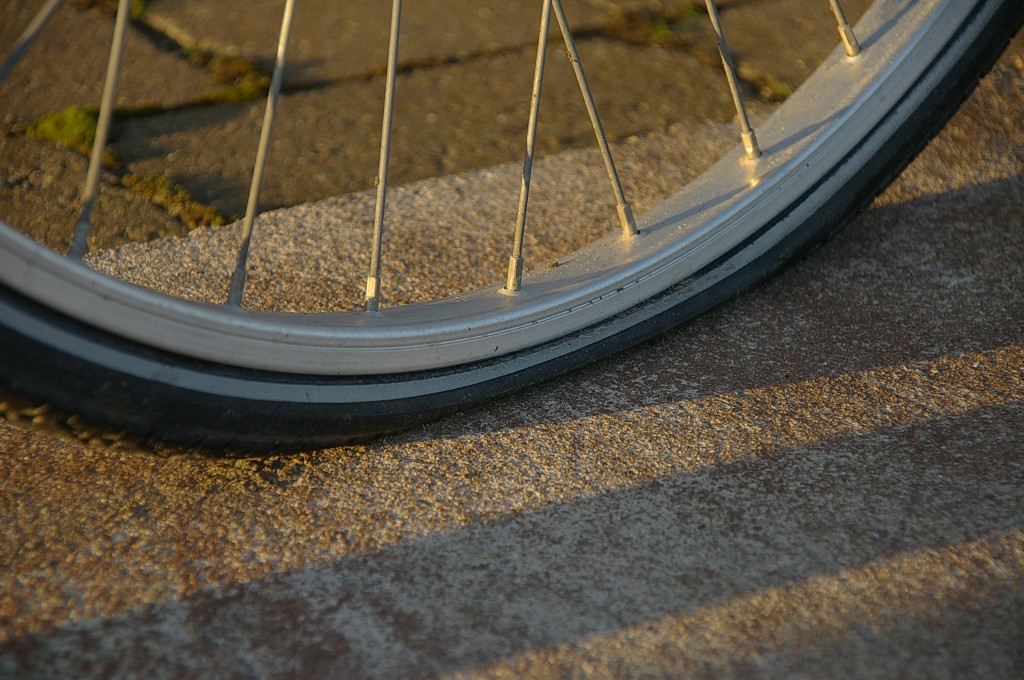There are two key things that will benefit if you take to the road on your bike rather than in your car: the planet and your body. Cycling is much greener and healthier than all the other forms of getting around that you can take. But road cycling isn’t just about getting from one place to another; it’s also about the experience and the fun of it. Driving a car is never as fun as riding a bike and pushing your body to the max. It can be really enjoyable, but challenging too, which is important. Nothing worth doing is 100% easy.
So, if you’re thinking of taking up road cycling, you need to learn a bit more about it first. It’s only fun when you know what you’re doing and how to do it safely. You should feel like you’re in control on the road because if you’re not you could be in danger. This guide will help you get to grips with all the ins and outs of road cycling, so carry on reading.
The Equipment You’ll Need
Before you go any further, you’ll need to think about what equipment you’ll need. You won’t get very far without a bike. Road bikes have a specific design that makes them suited to this kind of cycling, so don’t buy something unsuitable like a mountain bike. You’ll also need to have a basic puncture repair kit to take with you, and there’ll be more information on how to fix punctures below. Having a pump for inflating your tyres on a long cycling session will be important, and you should take money for food.
What to Wear
Wearing the right things is just as important as having the right bike. From a safety point of view, you’ll need to have a strong helmet that will keep you protected in the event of a fall. Things like concussion can be avoided if you’re wearing the right helmet, so don’t take the risk of riding without one. Shoes that are made for road-riding can be bought. They should have a firm sole to keep your feet protected and make cycling easier for you. A jersey and shorts are the best clothes to wear because they are aerodynamic and don’t hold you back.
Road Cycling Etiquette
There are some forms of etiquette that you will have to adhere to when you’re cycling on the road. First of all, be sure not to make too many unpredictable moves. When you make a move without letting your fellow road users know, you could cause a crash. So, always signal and make your next move clear. You should also play by the same rules as those people on the road who are driving cars. Stop at red lights and do what you would if you were in a car. Stay off sidewalks as well; bikes belong on the road.
Turning
You probably think that you know how to turn on a bike. But you might be surprised to learn that you don’t always have to turn the handlebars to take on a turn in the road. When you are gliding, and the twists and turns are relatively steady and smooth, you should simply lean to one side. It’s a bit like skateboarding; when you lean to the side, your bike will gently turn in that direction. For tighter and sharper turns, you will need to use your handlebars though.
Positioning
Getting your positioning on the bike right is very important. To begin with, you’ll need to set the position of the saddle and handlebars correctly. For most road cyclists, it’s best to have the saddle at roughly the same height as the handlebars. This allows for a comfortable and practical position when you’re riding. But it’s up to you. Some people prefer to have the saddle slightly higher or lower than the handlebars. Your hands should be positioned at the top of the hoods. And when you need to lower your center of gravity, move your hands down to the lower part of the handlebars. Keep your body relaxed and don’t move your hips too much.
Repairs and Changes
Cycling on the road will eventually lead to some problems. All road cyclists have to get used to making small repairs and changes to their bikes on the road. The most common problem is punctures. These are very common, so you’ll have to know how to handle them properly. To do this, you’ll need a new tube, a pump, and two levers. First, you need to remove the wheel and get the tyre off. Then find the source of the puncture and remove any debris that caused the problem. You can then patch the inner tube, mount the tyre and inflate it.
Pedaling Correctly
Pedaling is pedaling, right? Well, not quite. There are wrong ways and right ways to pedal when you’re on the road, and you should know the difference. Your pedaling style needs to be light and balanced. That means that the pressure you exert on the pedals should be the same. If you slam down on the pedal and then go more lightly, this is wrong. Instead, stay light and keep the pace the same. This will allow you to get the best movement and a smooth riding experience. Cyclists always say you should cycle in circles and not squares. That’s just a way of saying that you should be smooth and consistent throughout each cycle.
The Dangers You’ll Face
Cycling on the road is a lot of fun, but that doesn’t mean that there aren’t dangers that you will face. Of course, the most obvious of them is other road-users, particularly cars. So, you need to know how to keep your distance from cars and remain alert so that you can react quickly. You can’t account for the actions of other road users, but you can make sure that you respond rapidly to avoid harm. You should also always take a bottle of water with you so that you can stay hydrated. Becoming dehydrated when cycling can be very dangerous indeed.












